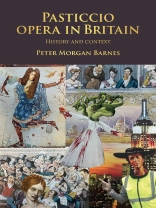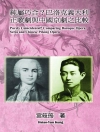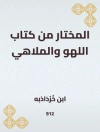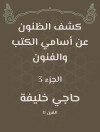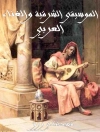This study overturns twentieth-century thinking about pasticcio opera. This radical way of creating opera formed a counterweight, even a relief, to the trenchant masculinity of literate culture in the seventeenth century. It undermined the narrowing of nationalism in the eighteenth century, and was an act of gross sacrilege against the cult of Romantic genius in the nineteenth century. In the twentieth century, it found itself on the wrong side of copyright law. However, in the twenty-first century it is enjoying a tentative revival. This book redefines pasticcio as a method rather than a genre of opera and aligns it with other art forms which also created their works from pre-existing parts, including sculpture. A pasticcio opera is created from pre-existing music and text, thus flying in face of insistence on originality and creation by a solo genius.
Inhoudsopgave
Introduction
1 The creative process
2 Origins and development
3 Pasticcio opera: the golden age
4 Rumours of death greatly exaggerated: 1780s to 1870s
5 Survival and revival
Over de auteur
Peter Morgan Barnes is an opera director, librettist and research fellow at the University of Bristol
